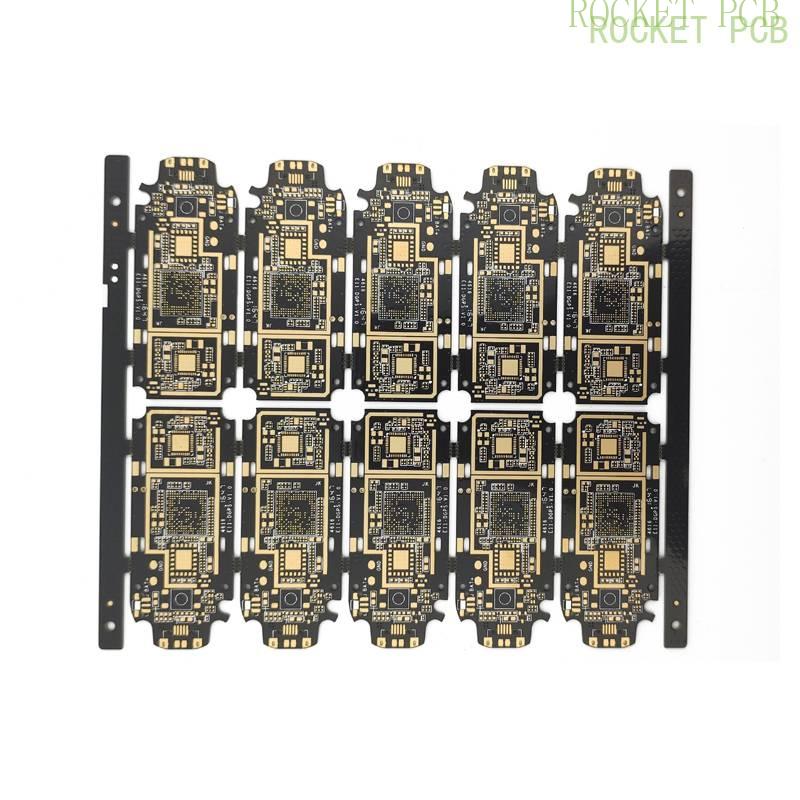A Quick Intro Guide to the PCB Assembly Process(2022)
If you're a business-to-business buyer of printed circuit boards (PCBs), you may be curious about the PCB assembly process. What does PCB assembly involve?
How long does it take? And what are the costs involved? This guide provides an introduction to the PCB assembly process, and answers some common questions about it.

The PCB Assembly Method
PCB gathering is the most common way of electronic welding parts to a printed circuit board. The PCB assembly process can be divided into five steps:
● solder paste
● component placement
● reflow soldering
● quality control
● Inspection testing
Let’s read more about the steps.
Solder Paste
The early pace in the PCB assembly operation is applying solder paste. Solder paste is a dense material that contains tiny solder balls. It is utilized to the PCB in a thin layer, and the electronic parts are then put on top of it.
The solder balls in the solder paste will ensure a good connection between the electronic components and the printed circuit board.
Component Placement
The next step is placing the electronic components on the PCB. Component placement can be done manually or using a pick and place machine.
Pick and place machines use a nozzle to pick up parts from a tape or tray, move them across the PCB, and put them onto the board in the correct location. If you're using components that have been hand-placed previously, then this step should be skipped.
Reflow Soldering
After the components are in place, they need to be reflowed with heat. A printed circuit board assembly machine will pass over them under very high temperatures so that the solder paste melts and creates a bond between the printed circuit boards and components.
This is also known as "reflow soldering" or "reflow process."
The Reflow Soldering process is often done using a printed circuit board assembly machine, which will pass over the components and board under very high temperatures.
Quality Control and Inspection
One of the last steps in the PCB assembly process is quality control. Quality inspectors will look over every printed circuit board before leaving the factory for any defects or mistakes.
One component can make an entire printed circuit board unusable, so this step ensures that only perfect products leave the assembly line.
"Gold Finger" X-Ray Inspection Machine used in the printed circuit board assembly process for quality control.
After quality control, printed circuit boards are sent to a test room to test them for functionality. Testing will include both electrical testing and visual inspections.
Testing
The printed circuit boards are then tested once again before being shipped to the customer or company that ordered them. This ensures that they work correctly and will not break down after installing a product.
In some cases, companies may opt for "burn-in" testing, which is done with electrical current while the printed circuit boards sit on a particular machine called a burn-in test unit.
While under extreme heat and stress, printed circuit boards must work perfectly with out malfunctions or breakdowns of any kind to pass this rigorous testing process.
Final Cleaning, Finishing, and Shipment
After the printed circuit boards have passed all of the required tests, they are ready for final cleaning, finishing, and shipment. Final cleaning usually involves a quick wash with an ultrasonic cleaner.
This cleans any residual solder paste or flux from the board and prepares it for finishing.
A conclusion can be done in various ways, depending on the desired look and feel of the PCB. One popular option is to use a hot air gun to melt a layer of plastic over the board's surface.
This gives it a glossy, glamming finish and protects it from moisture and corrosion. Another option is to use a silkscreen printing process to apply a custom label or logo to the printed circuit board.
The printed circuit board will then be wrapped in protective material and shipped to its destination.
In some cases, printed circuit boards are shipped directly to the customer, while in other cases, printed circuit boards are sent to an assembly house that will finish them and then ship them to their final destination.
The Right PCB Assembly Process for You
When choosing a printed circuit board assembly process, there are a few factors to consider:
● The magnitude and multiplex of the PCB
● The number of elements on the PCB
● The type of components on the PCB
● The desired finish for the PCB
THT Assembly: is best suited for large, complex printed circuit boards with many components. It's a slower, more labor-intensive process that requires more skill and training to execute correctly.
It's more commonly used for printed circuit boards that will be soldered and unsoldered many times, such as those found in cell phones and other electronic devices.
SMT Assembly: is better suited for smaller, more straightforward printed circuit boards with fewer components. It's a faster, more automated process that is easier to learn and use. It's more commonly used for printed circuit boards that will only be soldered once, such as those found in computers and other electronic devices.
Mixed Technology is a good option for printed circuit boards with THT and SMT components. It combines the speed and simplicity of SMT with the high quality and flexibility of THT.
The printed circuit board get-together interaction for each printed circuit board should be picked in light of the size and intricacy of the printed circuit board, the number of parts is appended, what those parts are, and the ideal completion.
Once that printed circuit board assembly process has been chosen for you, feel free to contact us.





